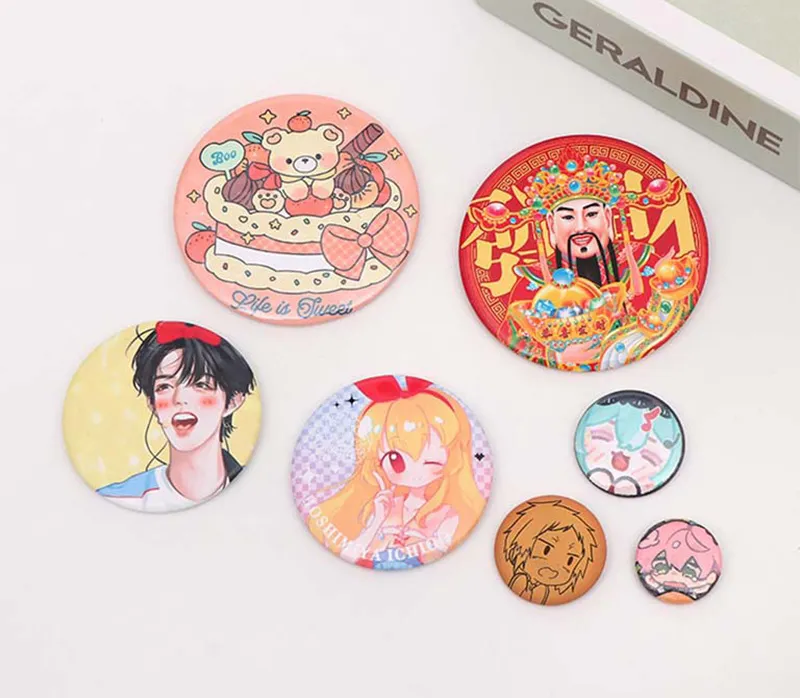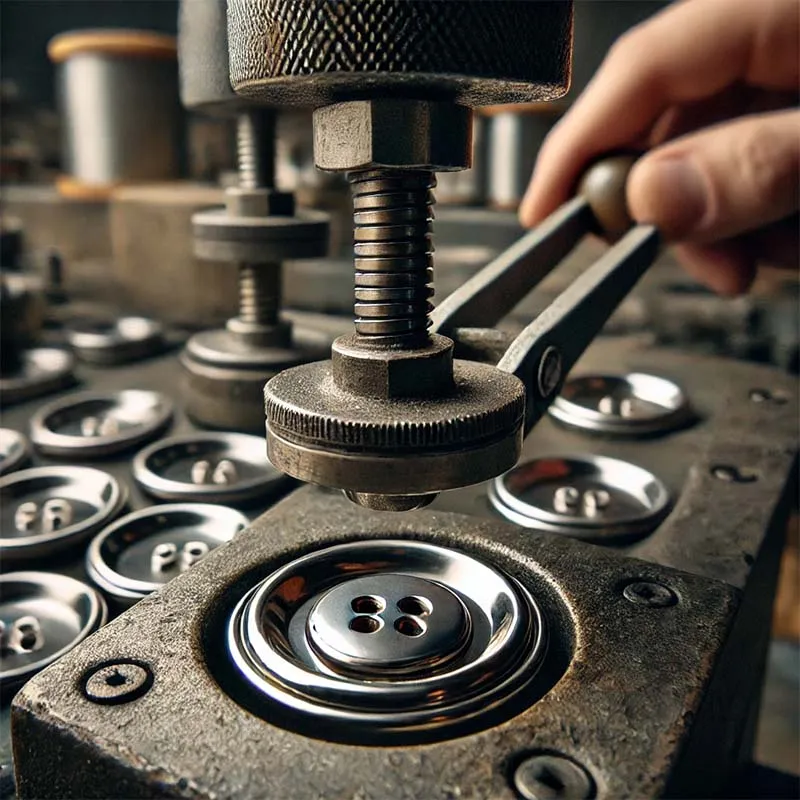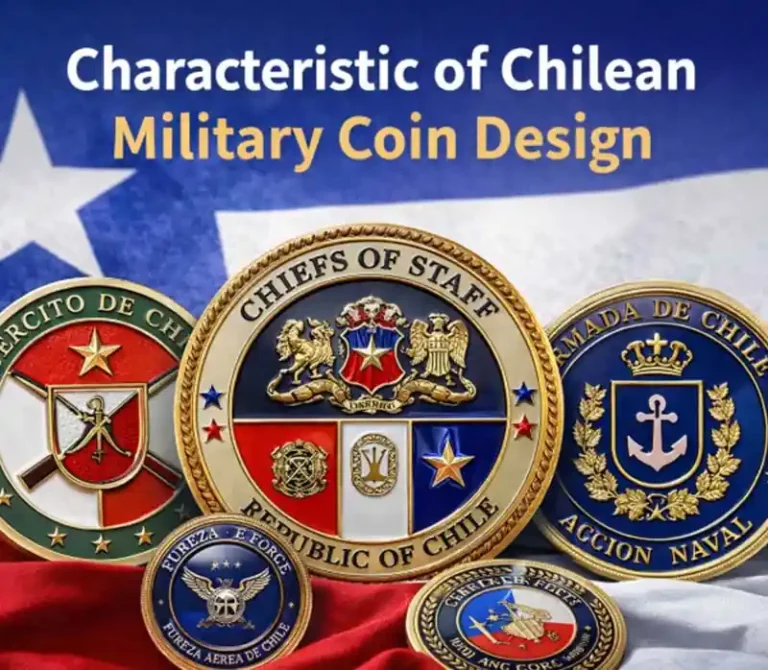
The Ultimate Marathon Race Pack Guide and Running Awards
Table of Contents Becoming a marathon runner is not a hobby; it is a lifestyle. It begins with early morning

If you want to make a custom pin button yourself, you’ll need the following materials:
1.A press machine
2.Plastic liners
3.Stainless steel sheets
4.A printer
Step 1: Purchase plastic liners from your local craft store or online. Keep in mind that different button sizes require different liner sizes.
Step 2: Print your design onto the stainless steel sheet. Before proceeding, ensure that your design is complete and perfectly sized.
Step 3: Place the cut stainless steel sheet and the backing into the press machine. First, ensure that the machine is set up correctly. Place the liner into the circular slot, with the back facing down.
Step 4: Place the stainless steel sheet into the circular slot, cover it with a transparent plastic film, and press down firmly.

Commonly referred to as a button pin, pin button, button badge, button brooch, or simply pin, this is a type of badge that is fastened to clothing using a safety pin.
Certainly, the majority of anime merchandise nowadays primarily uses button badges. This is because they are quick to produce, easy to make, and cost-effective for mass production. Although the overall product experience may not match that of fully custom pins, the large fan base of anime requires rapid, large-scale production. As a result, button pins have a significant market presence and are easier to sell.

1. Made in China: Due to relatively low labor costs and a well-developed supply chain, badges produced in China are generally not very expensive.
2. Materials: If you want to customize badges made from pure gold, pure silver, or other precious materials, the price will certainly be much higher.
3. Mold Costs: Fully custom badges require mold creation, which means customers need to cover the mold fee. At PeaKeen, we will store your mold for three years. If you continue to need and use this mold, we will keep it for as long as necessary. Of course, this mold is exclusively yours, and we will not allow anyone else to use it.
4. Labor Costs: Since fully custom badges are handcrafted, each badge needs to be produced and inspected individually, which increases labor costs.
5. Craftsmanship Differences: Badges made with imitation enamel are usually more expensive than those with soft enamel, and soft enamel badges are more expensive than printed badges. Therefore, the price varies depending on the technique used.
6. Material and Labor Costs: Custom badges are typically made from zinc alloy, which is crafted using molds. Workers then polish each piece, sometimes achieving a mirror finish. As a result, the price is largely influenced by the cost of the metal and labor.

Of course, button pins are typically made using a printing process. To prevent the printed layer from being easily scratched, button pins are covered with a thin film. This film not only protects against minor scratches but also makes the pins waterproof.

On the contrary, I don’t really recommend cleaning button pins unless they’re particularly dirty, as they are more likely to rust after being cleaned. I once had a button pin that rusted even though I never cleaned it.

1. Shape: Enamel pins are typically fully customizable, meaning the shape can vary depending on the design, while button pins usually come in specific shapes like round or square. Button pins cannot utilize techniques like cut-outs, which are possible with enamel pins.
2. Material: Enamel pins are generally made entirely of zinc alloy, making them more durable and resistant to damage. This is why they are often used for military badges, police badges, etc. Button pins, on the other hand, are made from stainless iron and plastic, making them less sturdy and more prone to damage over time. Button pins are considered more temporary and may rust or degrade with prolonged use.
3. Craftsmanship: Enamel pins offer more craftsmanship options, including soft enamel, hard enamel, cut-out, 3D, and more (for detailed differences, you can refer to…). Button pins, however, primarily use a printing process.
4. Accessories: Enamel pins come with a wider range of accessory options, while

Custom pins are specifically designed to achieve particular goals or to be sold individually as a designer’s unique creation. Custom pins have now become a popular choice for companies, sports teams, and businesses. On one hand, they can promote a brand, corporate culture, or other messaging. On the other hand, they serve as a way for teams, fans, and groups to express their support for the people or organizations they admire.
It’s almost certain that 98% of the world’s enamel pins are produced in China.
Why are most pins made in China? The production of enamel pins involves the use of die-casting machines, which could potentially be used to produce counterfeit coins, posing a significant threat to a country’s economy.
Moreover, China has a complete supply chain, relatively low labor costs, and a well-educated workforce, which means that workers in China are generally more skilled compared to those in other countries. As a result, enamel pins manufactured in China are of high quality and reasonably priced. So, is there any reason not to choose pins made in China?

Table of Contents Becoming a marathon runner is not a hobby; it is a lifestyle. It begins with early morning

Table of Contents Chile’s armed forces, the Ejército de Chile (Army), Armada de Chile (Navy), and Fuerza Aérea de Chile
No. 5, Tongan Road,
East District Xiaolan Town,
Zhongshan, Guangdong,
China
Copyright © 2024, Zhongshan Peakeen Gifts Supply Chain Co., Ltd. All rights reserved. Powered by PeaKeen Privacy Policy
Let’s work together to achieve business growth!